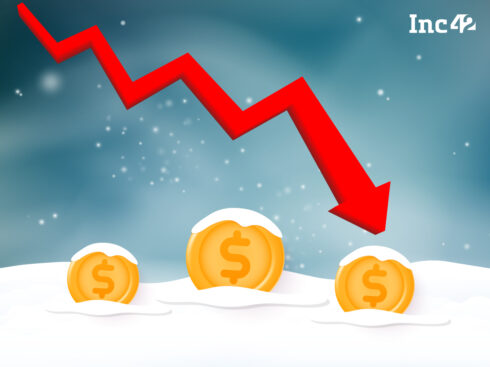
SUMMARY
What Happens When Your Startup Valuation Is Too Much?
Knowing what your startup is worth can be one of the hardest things as a startup founder. But the real problem is not necessarily finding the right valuation method, but avoiding a valuation too low or too high. What are the big problems with missing the Goldilocks Principle and not finding the golden middle ground?
Startup valuation in a nutshell
Startup valuation essentially points out the worth of your business – its idea, the product or service and so on. For an established business, knowing the valuation is rather straightforward. They can calculate the market value of the business using tangible metrics and assets, such as revenue, profits and customers.
Your startup might not have any of these – after all, you’re working towards continuous growth. A startup by definition is a high-growth business. How, in this situation, can you know your worth?
You need to pay attention to elements that influence growth. The most common things to look at include things such as:
- The hotness of the industry.
- The capabilities of the startup team.
- The product or service and its competitive advantage.
There are also different valuation methods you can use to calculate your startup valuation. The most common methods include:
- Comparables– Your startup is valued in comparison with a similar startup.
- Conformity– Your startup valuation is drawn by examining investor preferences.
- Averaging– Your startup is valued by looking at the average or the most realistic valuation; i.e. you take the worst and the best-case scenario and look at the average.
But whichever valuation method you use, the real problem is making sure the valuation is right – not too low or not too high.
What happens when your valuation is not enough?
You should know what amount of money you need to raise. If you end up raising it with a low startup valuation, you might be in trouble. Why? Because low valuation usually benefits the investor – it gives them a bigger equity stake in the company.
However, you might also suffer from the following startup valuation problems:
- You end up with the wrong kind of investor. Finding the right investor is important – you’re looking for a VC who understands your passion and vision. If they do, they should understand the exact value of your startup and not value it too low. When the valuation is low, the investor might not really get your business.
- Your investor relations turn sour. Now, this kind of investor apathy (they know they got a huge bargain) might end up causing many problems. The investor might not have as much interest in helping you out because they need to work harder with startups with bigger valuation, i.e. with more on the line. You know your valuation is too low and the investor is not interested and so you start resenting them. When investor relations turn sour, things can start going downhill.
- You’ll have trouble raising money in the future. Low valuation results in lots of dilution, especially at the seed stage. If you have a low valuation and a hefty investment, you naturally end up losing a lot more equity. The more equity you need to give away at the early stage, the less of it, you have to give away in the future rounds. A hefty dilution will be a red flag for future investors.
What happens when your startup valuation is too much?
Your startup will undoubtedly want to push for a higher valuation because it means you can raise your required amount of money without losing a lot of equity.
However, your startup could also suffer from a valuation that’s simply too high. An unreasonable high startup valuation could lead to problems like:
- You end up with the wrong kind of investor. Similar to a low valuation, an extremely high valuation doesn’t necessarily mean the investor gets your startup concept. You might simply be attracting an investor with a lot of money to spare, but not one that’s super excited about the firm. Bad VCs are out thereand you need to be wary of them.
- You give up long-term strategy. A high valuation might lead to short-term gain, but it can do damage to your startup in the long-term. You might send the wrong signals to investors: you’re not thinking about the company success, but personal gain. A high valuation increases expectations for the next rounds and makes it rather hard to keep increasing the valuation – you leave no margin for error; something startups should always do.
- You’ll distance investors. High startup valuations are also rather efficient in distancing investors. The investor might start viewing the high valuation with resentment if things don’t go according to plan. Furthermore, since your next round will require a lot of traction, you might find it harder to attract interested investors.
How to get the valuation just right?
So, what happens when the valuation is just right? A good valuation will probably leave both the investor and you satisfied, but not overly happy. In a sense, the right valuation is often a compromise – neither party feels like they got the better out of the deal.
How to guarantee the valuation is right? You really need to pick your valuation method and use it to come up with a figure you can justify. Startup valuation is often about predictions and estimations. However, this doesn’t mean there isn’t actual truth behind the valuation you come up with – the investor and you need to be able to look at the figure and understand the reasoning.
Perhaps you have a $3 million valuation and the reasoning is the current market or the traction your startup has from the past six months. The key is to ensure you can point out these actual metrics and data to support your valuation.
Figuring a method for startup valuation can be easier than ensuring the valuation you come up with is the right one. It’s important to try different things and make sure your valuation isn’t based on hopes and dreams, but cold, hard facts.
[This post by first appeared on ThugStart and has been reproduced with permission.]

























